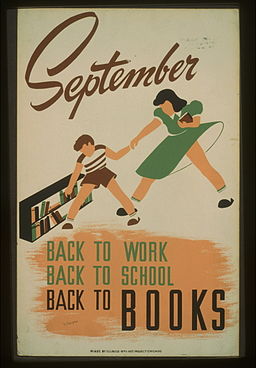Alternative Ethics
— Kellyanne Conway’s contemptuous response to a reporter asking about her repeated violations of the Hatch Act.
Of course White House counselor Kellyanne Conway knows perfectly well there are no criminal penalties for violating the Hatch Act since it is purely an administrative prohibition. Government employees can be reprimanded or fired for violating the Hatch Act, or assessed a fine up to $1,000. There are other disciplinary penalties that the Office of the Special Counsel (OSC) can recommend as well, but none of them include filing criminal charges. The difficulty in disciplining Ms. Conway, however, is that the Hatch Act as currently constituted only allows the OSC to recommend to the president that he fire her, and can do nothing on its own to remove her because she is a political appointee. As applied to Ms. Conway then, the Hatch Act is toothless as long as the president backs her, and she is also very well aware of that fact.

Kellyanne Conway speaks to the press outside the West Wing of the White House in May 2019. Official White House photo by Tia Dufour.
The people staffing the current presidential administration have little regard for the rule of law as applied to them, and certainly not for an Act dealing with professional ethics that has no legal bite to it. This attitude and tone is set by the current president, for whom laws and ethics and the truth are malleable when applied to him and those he likes. Past presidents and their staffs had at least some little sense of shame, which is apparently what Congress hoped for in 1939 when they passed the original Hatch Act in 1939. Congress must have hoped for voluntary compliance under the pressure of public shame and political calculations. They did not foresee an administration that behaved utterly without shame and invented alternative facts.
Michelle Wolf comments on Kellyanne Conway in this clip from a February 2017 episode of The Daily Show, hosted by Trevor Noah. Warning: foul language.
The worst actors in the current administration, such as Kellyanne Conway, have nothing but contempt for any rules that cannot threaten them with prison if they don’t comply. She and the president she serves are going to do the right thing only when it suits them to do so, not if it only serves the interests of the country. Recently some Democrats in Congress have put forward a bill to amend the Hatch Act in order to redress the lack of enforcement power of the OSC when pursuing complaints against senior political appointees. If the bill passes, presidents will no longer be sole arbiters in such cases. If the bill passes and Kellyanne Conway continues violating the Hatch Act by advocating partisan political issues in her official capacity, she still won’t end up in jail, but she and her boss may have to pay some real political consequences, which is the only thing they understand . . . maybe.
— Vita 






